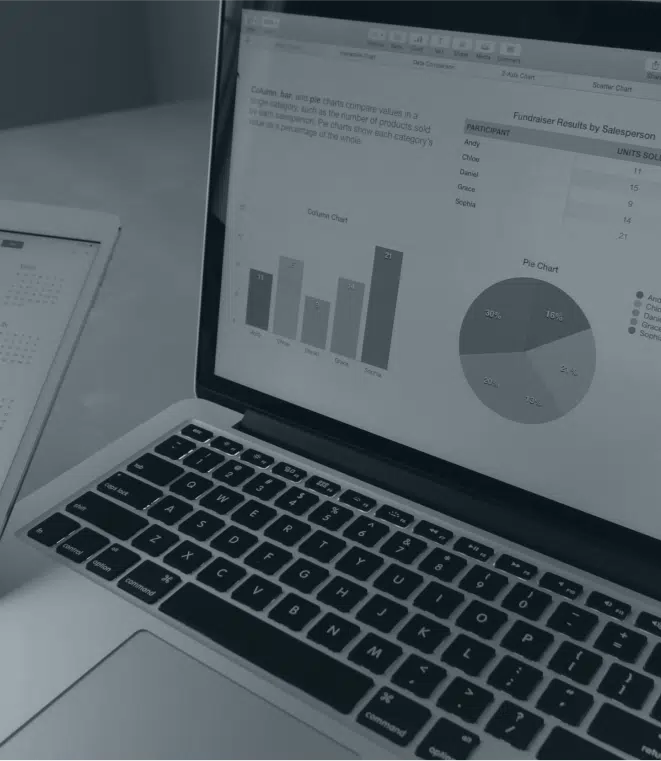When considering IT threats to your business many articles focus on hackers, viruses, and attacks from external threats. These dangers are real, constant, and easily identifiable. In many cases, however, the largest threat to a firm comes from inside the business itself.
People inside the firm often pose the largest single threat to systems and security. These individuals often have trusted access and a detailed working knowledge of the organization from the inside. Employees therefore deserve the largest security consideration when designing a safe business system.
It is important to first distinguish the type of dangerous employee we want to defend against. We’re not talking about an otherwise model employee accidentally opening a malicious email or attachment. Rather, a disgruntled employee seeking to do damage to your business. An employee who may wish to destroy services or steal clients and files from your firm.
Security Policy
Some firms, particularly young businesses, grant employees system-wide permissions from day one. This can make administration appear simple, preventing further IT requests in future. Granting system-wide access is an inherently risky strategy.
Private information relating to the business should be restricted access information. Many types of files need to remain confidential, often as a legal requirement. Human resource files, salary information, and employee documents should be limited to only a select few employees. Yet, businesses often keep confidential information in public places on the network.
Granting system-wide read and write access can appear to save time short term. It is, however, a security policy which only serves to cause security, administration, and potentially legal troubles in the future.
The Principle of Least Privilege
The principle of least privilege is a vital tool, helping you to handle internal IT security. It defines a security policy which ensures staff can access only the resources, systems and data they require to carry out their job.
The policy protects the business from many different types of threat in day-to-day operations. Even where malicious attachments have been opened by accident, the damage is limited only to the work area of a single employee. This results in contained damage, less time needed to restore from backup, and drastically reduced downtime for the firm.
Along with limiting accidental damage, malicious employees looking to destroy or steal data are limited too. With restricted access, an employee with a grudge or profit motivation can only damage or steal from their own area of operation. This helps to ensure that no single employee can damage the entire firm’s operations.
Security Policy In Practice
A member of staff within Human Resources, for example, may have read and write access to the employee database. This will likely include payroll information and sensitive data. This same member of staff would have no need to access sensitive client data, such as sales information, in normal working conditions.
Likewise, a staff member from the sales department should have no need for accessing sensitive HR records.
Using the principle of least privilege, each employee may only have full access to systems that are directly related to their role. Similarly, some systems may be visible to a wider group of staff members even if they can only be edited or removed by one or two people.
In some cases, a security policy may be defined by even finer details than a person’s role within the organization. An HR employee should not be able to edit their own file to change salary information for example. An employee file might only be edited by their superiors in such a case.
Additional parameters can be used to assign privileges to enable the business hierarchy to work within the IT network. Seniority, physical location, and time are all examples of factors that can restrict access to critical systems and secure data.
We can tailor your network to your business, locking down your data to ensure data is only accessed on an “as needed” basis.


